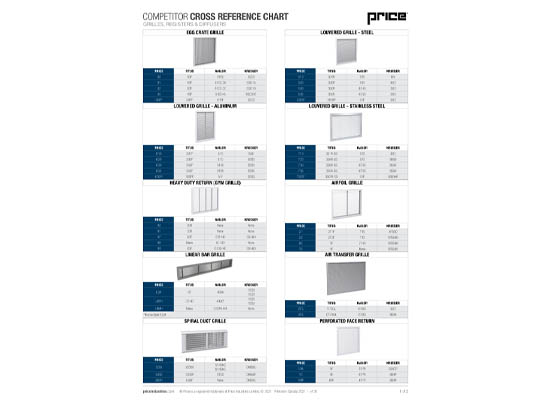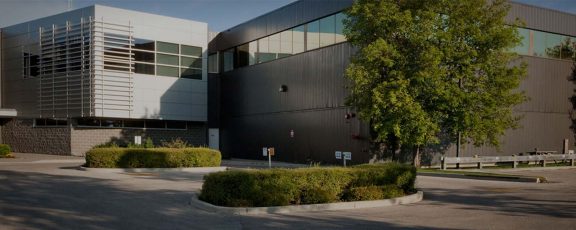
The Price Difference
Utilize Price as Basis of Design for your Air Distribution Projects

We challenge you and your team to look at air distribution not as a commodity but as a piece of engineered equipment that was carefully chosen for a variety good reasons.
The Buckley and Price Industries team are product experts at air distribution layout, design and product application.
Buckley and Price are product experts at air distribution layout, design and product application. We provide the best in class resources, technology, and training for you and your teams.
Price Engineering Resources

Engineer Terminal Box and Water Coil Toolkit for Excel
Excel Plugin loads performance calculations right inside Excel for Water Coils and Terminal Units
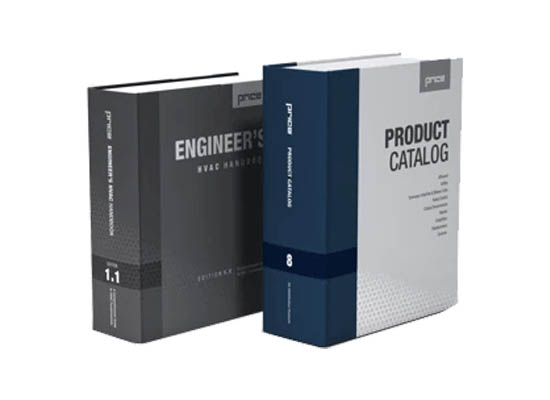
Engineers HVAC Design Handbook
Featuring fundamental HVAC design principles, examples, and applications
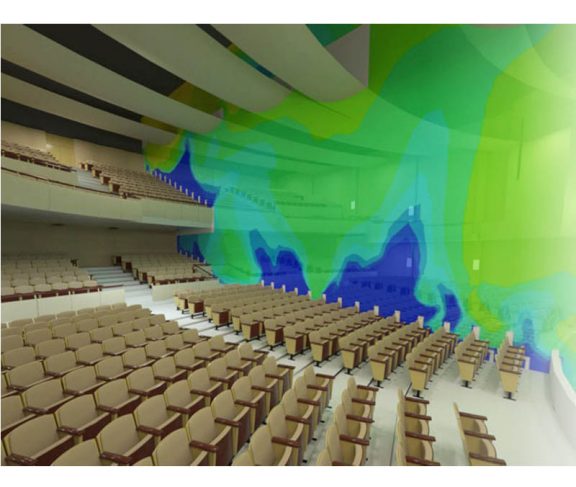
CFD Modeling and Mock Up Capabilities
Unique applications often require additional engineering evaluation and that is why Price built the Price Research Center North (PRCN). Based in Winnipeg, Manitoba the facility boasts over 29,000 square foot state-of-the-art laboratory and testing facility providing the most accurate and reliable test data in the industry.
The mock-up capabilities available at PRCN are perfect for the study of unique applications or technologies. They leave a strong and lasting impression by demonstrating how designs and products work together firsthand. The team at PRCN is able to mock up hundreds of different system configurations, helping to resolve any uncertainty for a proposed HVAC design.
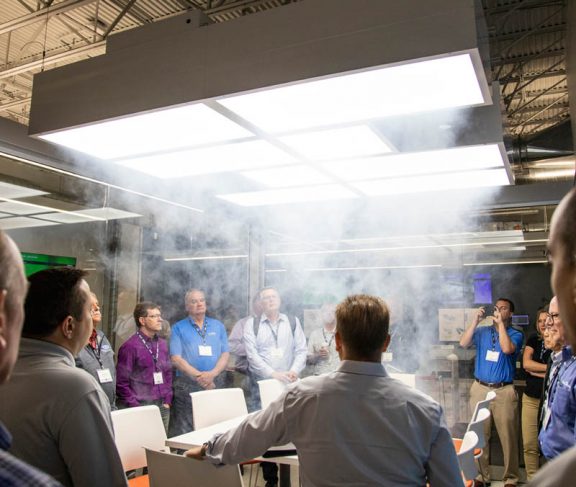
Price Engineering Training Curriculum
Nobody is more invested in continuous education than the team at Buckley and Price. We offer the following:
Price Engineering Training equips attendees with the HVAC tools and expertise to understand and design successful spaces. Both virtual and in-person classes focus on air distribution fundamentals and applications of various Price product and service offerings.
The Price Learning Portal is user-specific portal that provides curriculum courses on a variety of learning paths centered around HVAC design, product technologies and product application.
Virtual Training Library
Room Air Distribution Fundamentals
An introduction and review of air distribution terminology and the different methods of delivering air to a zone.
Terminologies and Definitions
- Throw, Drop
- Psychometric (wet bulb, dry bulb),
- Sound (db, Sound Power, Sound Pressure, NC)
Applicable Standards
- Test Method – ASHRAE 70
- Thermal Comfort – ASHRAE 55
- Indoor Air Quality – ASHRAE 62.1
Introduction to Different Methods
Room Air Distribution Strategies
Strategies applied when designing overhead mixing systems and displacement systems. Common rules of thumb and approaches will be applied using real world examples.
Overhead Mixed Air Solutions
- Design and Layout Considerations for a Typical Space
- No Ceiling
- Adjusting Performance for Supply Air Temperature
- Heating verses Cooling
Stratified Solutions – Displacement and Underfloor
- Design and Layout Considerations for a Typical Space
- Heating verses Cooling
Advanced Air Distribution Design
Common design challenges and how to properly lay out air distribution for unique spaces through design examples.
Discuss Common Approach and Possible Pitfalls to Unique, Complicated, Architectural Spaces
Overhead Mixed Air and Stratified Solutions
- Large Spaces
- High Ceilings
- Glass Walls
- Heating and Cooling
Computational Fluid Dynamics (CFD)
- Describe the Process
- Information Required
Today’s Considerations for Selecting Terminal Equipment
Terminal and fan coil units are integral to mixed overhead air distribution systems and are often treated as a commodity product. Evaluating equipment in order to optimize the building design has become increasingly more difficult.
- Develop an understanding for reheat water coil performance and how the performance varies with entering water temperatures and coil construction.
- Understand the effect of close-coupling terminal units and silencers for sound sensitive spaces.
- Explore DOAS technology and specifically the use of sensible cooling fan powered terminal units to inform a simplified design with improved outcomes.
- Review optimized control strategies for demand control ventilation.
